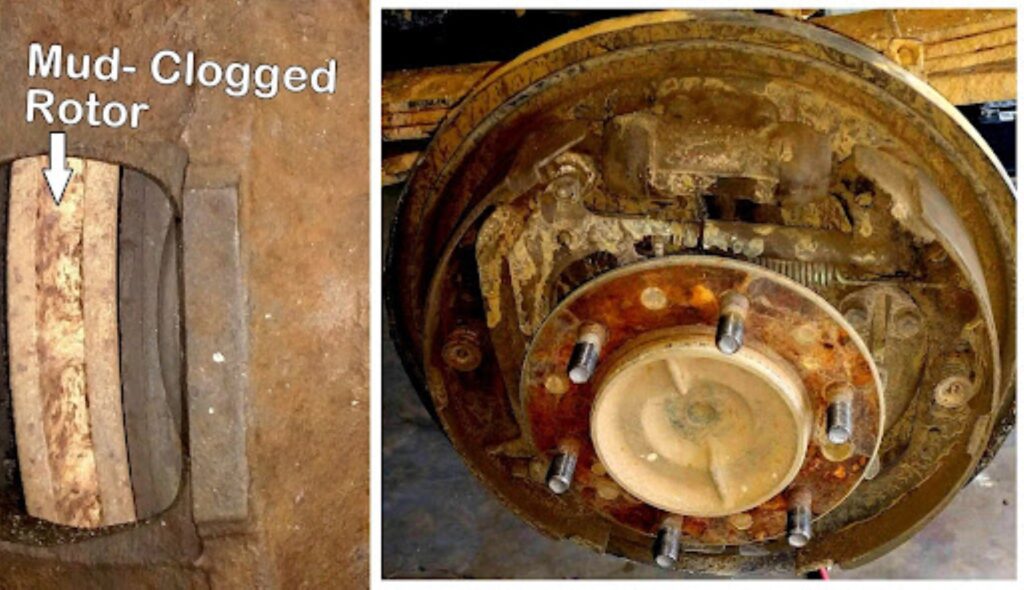A well-maintained brake system is critical for your vehicle’s safety on the road. Worn or failing brake components may become less responsive, making it harder to slow down or come to a full stop when needed.
Aside from staying on top of your vehicle’s routine maintenance, it’s important to let go of poor driving habits that may cause brake components to wear down earlier than designed.
Here are some of the most common driving habits that can potentially ruin your vehicle’s brakes.
Avoid Braking Downhill
When going down a long hill, shift the transmission into a lower gear rather than riding the and overheating the brakes. This is something you can do even on an automatic transmission.
Don’t Slam On the Brakes
Generally speaking, slamming your brakes is bad for your car. It’s something that should only be done in dire emergencies. Of course most people won’t slam on the brakes unless they have a good reason to do so. But like jackrabbit starts, unnecessarily hard braking accelerates wear on various parts of the suspension and braking system.
Inspect Brakes After Driving Through Mud

Avoid Driving With Heavy Cargo
The more load you carry inside your vehicle, the more strain it puts on your vehicle — especially your brakes. While some vehicles may have the primary job of hauling cargo, there’s no point in hauling a lot of heavy stuff in your trunk or in the back of your pickup. No use in burning more gas than necessary, not to mention the extra wear on the brake linings.
Fortunately, there are some upgrades you can install on your vehicle. For example, you can install heavy-duty brake pads explicitly designed to support additional weight.
Refrain from Riding the Brakes
Riding the brakes is another term for resting your foot on the brake pedal. Many drivers do this out of habit after driving vehicles with manual transmissions for so long. While it might seem harmless, placing even the slightest amount of pressure on the brake pedal is enough to activate the brakes, making them wear out and overheat even when they’re not technically in use.
It’s also worth mentioning that riding the brakes is dangerous because drivers behind you will have a much harder time anticipating your next move. Stepping on the brake pedal doesn’t just activate the brakes but also activates the brake lights. Anyone behind you might try to overtake you or suddenly slow down, resulting in a vehicle crash.
Don’t Neglect Your Brake Fluid
If you want to make your brakes work well and last as long as possible, it’s important to ensure that your vehicle’s brake fluid never runs low. As the pads wear, more brake fluid is stored in the caliper, so the brake fluid in the master cylinder will slowly recede.
As the brake pads wear, more brake fluid is stored in the brake caliper, so the brake fluid in the master cylinder will slowly recede.
– Richard McCuistian, ASE Certified Master Automobile Technician
Brake fluid may get contaminated by moisture over time, lowering its boiling point and corroding the brake lines. If the dirty brake fluid isn’t changed, there will be rust buildup, and the brake lines will begin to give up copper, further contaminating the fluid. Manufacturers have fluid level replacement intervals:
- Nissan calls for brake fluid Replacement every 30,000 miles.
- Subaru every 30,000 miles
- Mercedes-Benz every two years or 20,000 miles
- Ford, VW, and Hyundai every 30,000 miles
- GM every 25,000 miles
- Toyota calls for regular brake fluid checks, with replacement as needed.
Minimize Stop-and-Go Driving
Though this might not always be possible, try to avoid stop-and-go driving whenever you can. This refers to the act of stopping your vehicle for short intervals while covering short distances. It’s always better to drive at a steady pace because it’s easier for your brakes and your engine, preventing these components from wearing too quickly.
Stop-and-go driving affects your vehicle in many ways. Not only does it wear out the brake shoes and brake pads faster than normal, but it can also damage the clutch and overwork the car battery. Your vehicle’s fuel economy may also decline and idling for too long can cause fuel residue to build up in the cylinders.
Vehicles that are used to deliver mail or are driven a lot in the city will wear the brakes down more quickly. Some postal letter carriers need to replace their brakes monthly, believe it or not.
Where to Get New Brake System Components for Your Vehicle
Some braking components are bound to wear out or may get damaged over time. As such, it’s important to have replacements on hand in case parts malfunction. At CarParts.com, we provide high-quality yet affordable brake parts for a wide range of makes and models.
Shopping for brake components is easier on our mobile app or our user-friendly website. Use the vehicle selector to check for fitment, and toggle the search filters to browse according to your preferred brand or price range.
Need help completing your order? Our team is available 24/7 to answer your queries via our toll-free hotline.
Get the best deals at CarParts.com today!
Any information provided on this Website is for informational purposes only and is not intended to replace consultation with a professional mechanic. The accuracy and timeliness of the information may change from the time of publication.
























